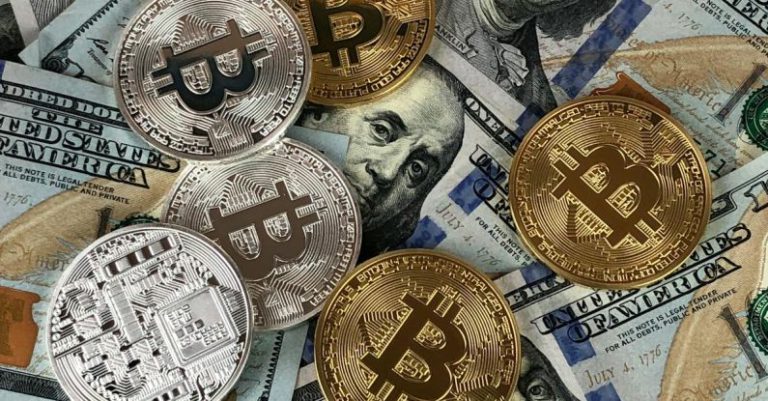What’s the Future of Digital Payments?
In today’s digital age, where technology is constantly evolving, it’s no surprise that the way we make payments is also changing. Traditional methods such as cash and checks are quickly becoming outdated, making way for more convenient and secure digital payment options. But what does the future hold for digital payments? Let’s take a look.
The Rise of Mobile Payments
One of the most significant trends in digital payments is the rise of mobile payment platforms. With the increasing use of smartphones, more and more people are turning to their devices to make payments. Mobile payment apps like Apple Pay, Google Pay, and Samsung Pay have gained popularity, allowing users to make purchases with just a tap of their phone.
The convenience of mobile payments is undeniable. Instead of carrying around a wallet filled with cash or numerous credit cards, users can simply store their payment information on their smartphones. This not only eliminates the need for physical cards but also reduces the risk of theft or loss.
The introduction of Near Field Communication (NFC) technology has further fueled the growth of mobile payments. NFC enables contactless payments, allowing users to make transactions by simply waving their smartphones near a compatible payment terminal. This technology is becoming more widespread, with businesses and retailers increasingly adopting NFC-enabled payment terminals.
The Growing Importance of Cryptocurrencies
Cryptocurrencies, such as Bitcoin and Ethereum, have been making waves in the financial world. These digital currencies operate on blockchain technology, which provides a decentralized and secure network for transactions. While the use of cryptocurrencies for everyday transactions is still limited, they are gaining traction as an alternative payment method.
The future of digital payments could see cryptocurrencies becoming more widely accepted. Some businesses and online retailers already accept cryptocurrencies as a form of payment, and this trend is likely to continue. As more people become familiar with cryptocurrencies and their benefits, their use in digital payments may become more mainstream.
Enhanced Security Measures
One of the main concerns surrounding digital payments is security. With cybercrime on the rise, it’s crucial for payment methods to have robust security measures in place. The future of digital payments will see an increased focus on security, with the development of advanced encryption technologies and biometric authentication.
Biometric authentication, such as fingerprint or facial recognition, adds an extra layer of security to digital payments. Instead of relying solely on passwords or PINs, users can authenticate their payments using unique biological traits. This not only makes transactions more secure but also provides a more convenient user experience.
The Integration of Artificial Intelligence
Artificial Intelligence (AI) is another technology that will shape the future of digital payments. AI-powered chatbots and virtual assistants are already being used in customer service, but their role in digital payments will expand further. AI can analyze vast amounts of data to detect and prevent fraudulent transactions, making digital payments more secure.
Moreover, AI can personalize the payment experience for users. By analyzing user behavior and preferences, AI algorithms can suggest relevant products or services and streamline the payment process. This level of personalization enhances the overall user experience and increases customer satisfaction.
Conclusion: A Digital Payment Revolution
The future of digital payments is undoubtedly exciting. Mobile payments, cryptocurrencies, enhanced security measures, and AI integration are just a few of the trends that will shape the payment landscape. As technology continues to advance, we can expect digital payments to become even more convenient, secure, and personalized. The days of carrying around a bulky wallet or worrying about cash and checks may soon be a thing of the past. The digital payment revolution is here, and it’s only going to get better.






